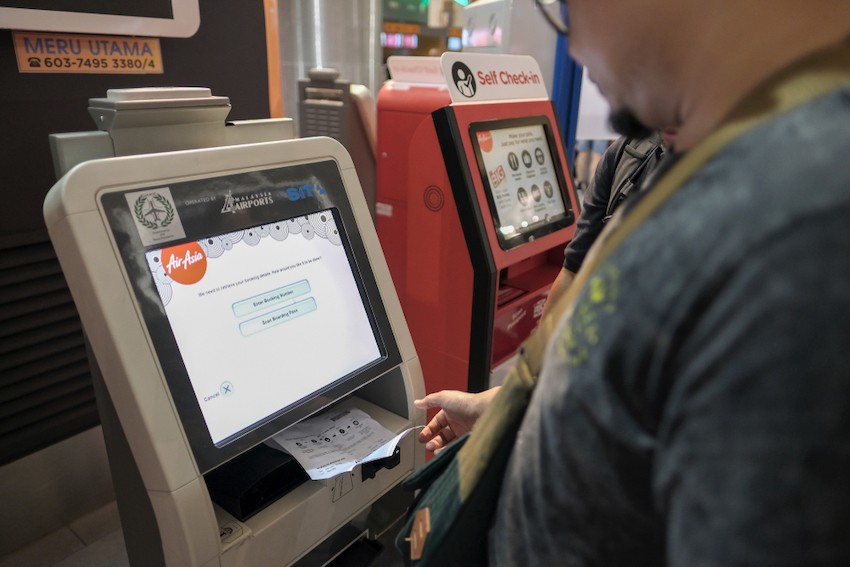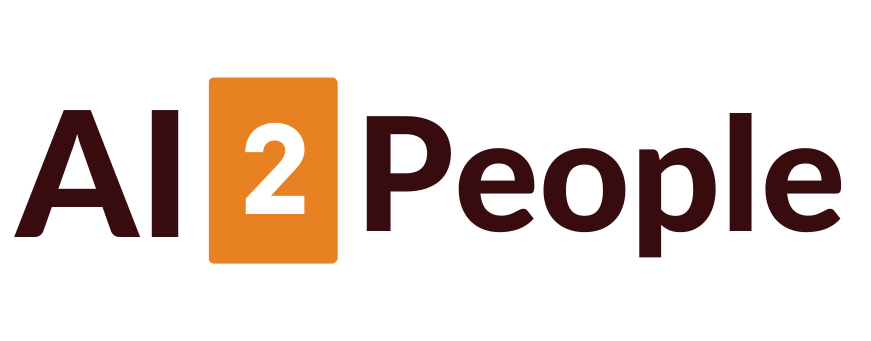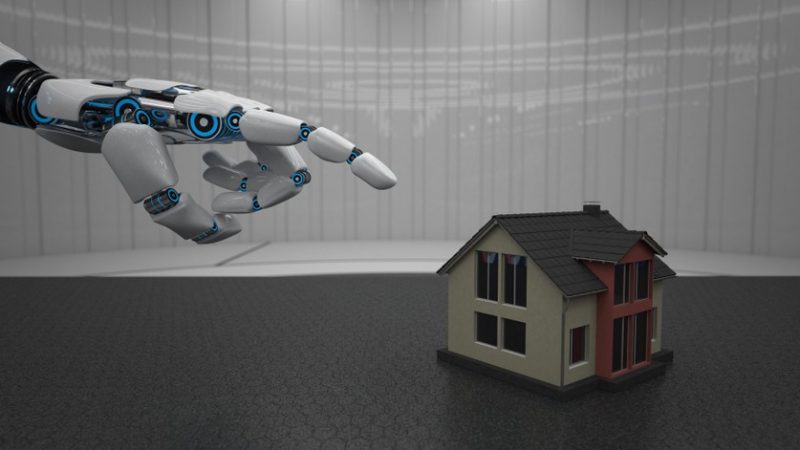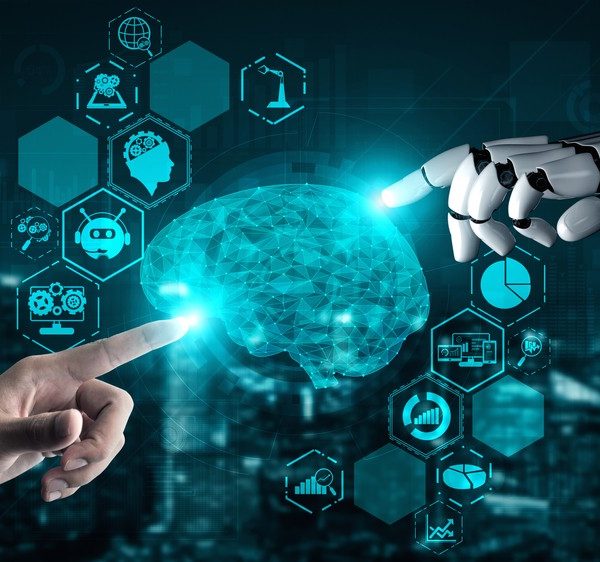
AI in Aviation: Will Artificial Intelligence Replace Pilots?
The aviation industry has always been at the forefront of technological innovation, and the use of artificial intelligence (AI) is no exception. With the development of sophisticated AI algorithms and the increasing prevalence of autonomous technologies, it’s only natural to wonder if AI can replace pilots entirely. In this article, we’ll explore the use of AI in aviation, the potential risks and benefits of automation, and the question of whether AI is close to replacing human pilots.
Read Also: AI in Air Travel: How Does It Impact?
AI in the Aviation Industry
AI has already been integrated into many aspects of the aviation industry, including flight engineering, air traffic control, customer service, check-in, baggage screening, and predictive maintenance. Let’s take a closer look at how AI is being used in each of these areas.
Flight Engineers and Pilots
AI is being used to assist pilots and flight engineers in a variety of ways, including optimizing fuel consumption, improving navigation, and assisting with landing procedures. While AI can help to reduce human error, it’s unlikely that it will be able to replace pilots entirely in the near future, as there are still many complex decision-making tasks that require human input and intuition.
Air Traffic Control
Artificial intelligence is being used to optimize air traffic control, improving safety and efficiency. By using machine learning algorithms to analyze flight patterns and predict congestion, AI can help to reduce delays and improve the overall air travel experience.
Customer Service Agents
AI is being used to improve the customer service experience, with chatbots and virtual assistants providing 24/7 support to passengers. While AI can be helpful in providing quick answers to common questions, there are still many situations where human empathy and understanding are needed.
Check-In

AI is being used to automate the check-in process, with facial recognition technology and other biometric tools speeding up the process and reducing the need for human intervention. While this can be a time-saver for passengers, there are concerns about privacy and security that must be addressed.
Baggage Screening
AI is being used to improve baggage screening, with machine learning algorithms analyzing X-ray images to identify potential threats. While this can help to improve safety and reduce the need for human intervention, there is still a need for human oversight to ensure that any potential threats are properly identified and addressed.
Predictive Maintenance
AI is being used to improve the maintenance of aircraft, with sensors and machine learning algorithms predicting when maintenance is needed and identifying potential issues before they become serious problems. This can help to reduce downtime and improve safety, but it’s still important to have human technicians on hand to address any issues that arise.
What is the Risk of Automation?
While there are many potential benefits to the use of AI in aviation, there are also risks that must be considered. One major concern is the possibility of system failures or malfunctions, which could have catastrophic consequences. There is also the risk of cyber attacks, with AI systems potentially vulnerable to hacking or other security threats. Finally, there is the risk of job loss, as automation could lead to a reduction in the number of human employees needed in the aviation industry.
How Close is AI to Replacing the Human Pilot?
While artificial intelligence has already been integrated into many aspects of the aviation industry, it’s unlikely that it will be able to replace human pilots entirely anytime soon. While AI can assist with many aspects of flight, there are still many complex decision-making tasks that require human input and intuition. In addition, there are many regulatory and safety concerns that must be addressed before AI can be trusted to operate without human oversight.
Disadvantages of AI in Aviation
In addition to the risks mentioned above, there are also other disadvantages to the use of AI in aviation. For example, there are concerns about the ethical implications of replacing human workers with machines, and the potential impact on job security and the economy. Additionally, there may be a loss of the human touch in aviation, with the potential for less personalized interactions and reduced customer satisfaction.
In Summary
In conclusion, while AI is already being used in many aspects of the aviation industry, it’s unlikely that it will replace human pilots entirely anytime soon. While AI can assist with many tasks, there are still many complex decision-making processes that require human intuition and expertise. Furthermore, there are risks and disadvantages to the use of AI in aviation that must be carefully considered and addressed. As the technology continues to develop, it will be important for the aviation industry to strike a balance between the benefits of automation and the need for human oversight and intervention.






















